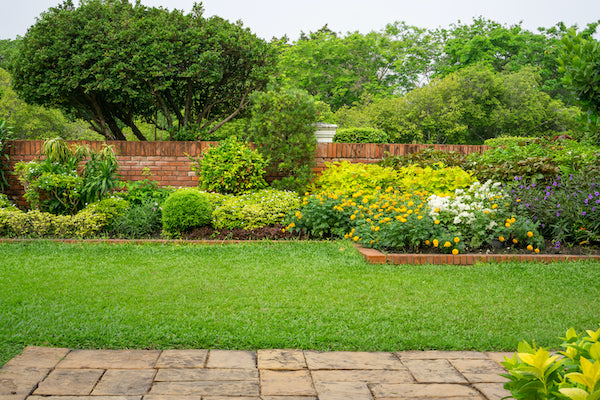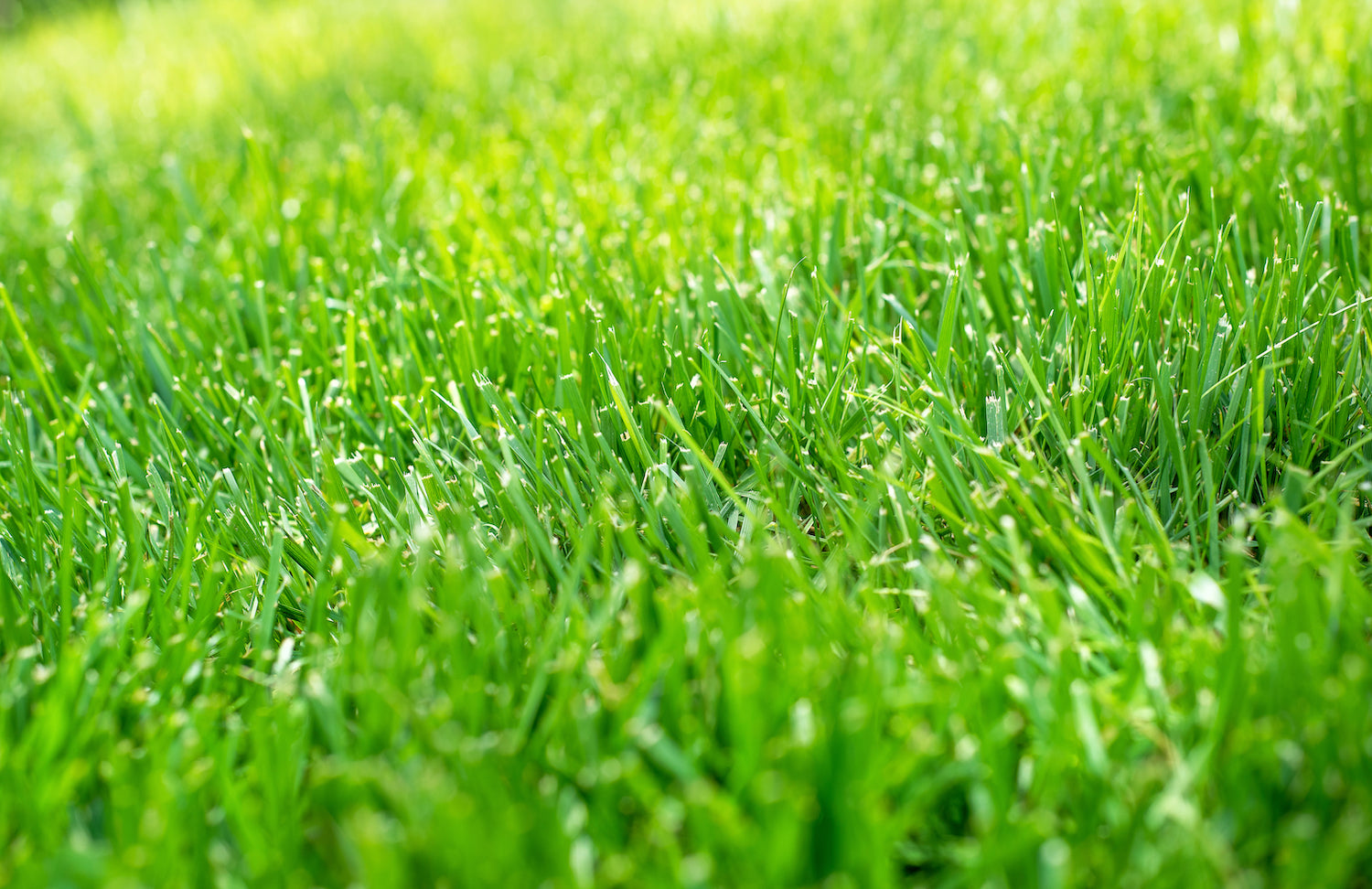
With some grass seed or a few pallets of sod, your new outdoor blanket awaits. But there is more to installing a new lawn than throwing down some sod or planting grass seed. A little bit of planning goes a long way toward growing a healthy lawn and conserving water while having the yard you still remember before drought was an issue. You can enjoy a lawn and conserve water because of the Smart Water irrigation available today.
Step One: Seed or Sod
Before you can begin the rest of your planning, you need to decide if you are going to plant grass seed or lay sod. The preparation for both is somewhat similar, but the maintenance and time for establishment is different for each. Seed for a seeded lawn will cost less than sod, require more water and take longer to establish. Sod will cost a little more to buy, be a little more work to put down and will require less time to establish.
To sum this up:
- Sod will establish quicker and take less water. Sod is heavy, thus more work to put down.
- Seed will cost less, but use more water to establish. Seed will be easier to spread.

Step Two: Prepare for Irrigation
Using proper irrigation to water your new lawn is important. In order for a lawn to establish and roots to set, it must be watered a few times per day during really hot weather, possibly less during the cooler rainy season. The lawn must not be allowed to dry out during this establishment period. This is why fall through winter is the best time to establish a cool season lawn; you’ll save water and money. The goal is to establish a strong, deep root system.
With that being said, hand watering is not going to cut it. It can be done, but who wants to set an alarm to water their lawn three times a day for a minimum of 15 minutes each cycle? Not only would this become a burden, you would not be able to water evenly and this would not be a good way to establish your lawn.
So, a proper irrigation system is crucial. You can find a landscape contractor who specializes in irrigation or you can do-it-yourself.
Step Three: Prepare the Soil
Whether you are planting a grass seed lawn or laying a sod lawn, the number one factor in long-term success is the preparation of your soil. To properly prepare the soil follow these tips:
- First, kill any perennial weeds. If you are installing a lawn in a particularly weedy area, you may need to go through a few cycles of turning the soil over, letting the weeds germinate and then killing them to reduce the weed seed bank.
- Prepare soil amendments and till them into the soil. The best soil for grass is sandy loam. That means a soil that has some sand and some organic matter. If the soil is all sand, or very hard clay, you will want to till in a compost/topsoil mix to improve the soil structure and fertility. It is important to incorporate the elements into the existing soil. If you simply lay new soil on top of old soil, you can cause a drainage problem because water will not move well from one layer to the next—it could drain too fast or too slowly.
Step Four: Install the Sod or Plant the Grass Seed
- When installing sod, it is important to stagger the strips so that your lawn does not look like a checkerboard. Lay the two pieces of sod down, end to end, with about an inch or two of overlap on each end. Then push the ends together and down to the ground.
- Grass seed can be sown directly on top of the soil. To keep the seed moist, straw can be spread on top of the seed. Do not use hay or straw with seed heads, as you will run the risk of incorporating weeds into your new lawn.
Step Five: Maintain the New Lawn
- With seed and sod, it is important to keep foot traffic off the lawn until it is established. Sod needs about 6-8 weeks to fully establish. A lawn planted with grass seed needs at least two months before any foot traffic is allowed, and up to four months before it can withstand heavy foot traffic.
- After the lawn is established, apply a granular pre-emergence herbicide to keep weeds from sprouting in the new lawn. Do NOT apply this herbicide at the time of planting, as it will interfere with establishment. Only use after 8 weeks of establishment for Sod and 4 months after seed has been started.
- Begin a routine watering maintenance program.
Step Six: Enjoy!
Some would argue that a lawn is a bad idea with today’s water shortages. But because of these water shortages, grass varieties have been improved to be more drought tolerant. In addition, with advancements in today’s irrigation and proper installation, you can reduce the amount of water your lawn will require; so your family can still enjoy all the benefits of a natural lawn if done right.



